The Samsung Galaxy S9/S9+ is officially released. And while many of you are thinking its selling point is the Snapdragon 845 chip, those who are familiar with all of its key features should know it’s a matter of great camera. Actually, the phone is packed with a 12MP SuperSpeed Dual Pixel snapper with a f/1.5 / f/2.4 variable aperture. On the front is an 8MP shooter with a f/1.7 aperture. But this camera deserves more than just listing its features. If you remember, Samsung launched the new ISOCELL Fast 2L3 image sensor back in October. When the phone was announced yesterday, we came in with an interesting article showcasing the great shooting experience of the phone. Seems Samsung could use this advantage to outrun its competitors. But as ZDNet reports, the South Korean manufacturer is going to supply those sensors to Chinese manufacturers as well. Especially, Xiaomi is mentioned to get it on its next flagships.
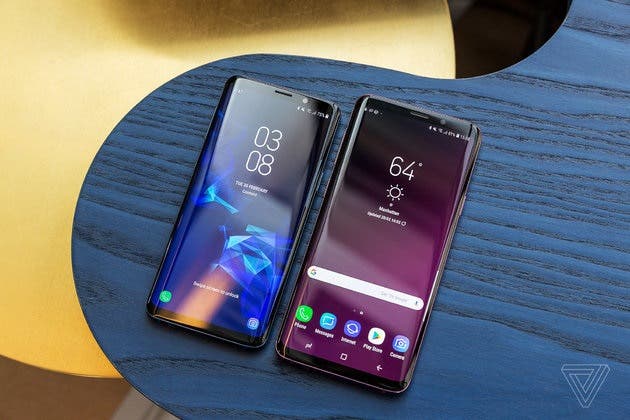
As we said, the Samsung S9 comes with a dual-camera using two 12MP sensors. One of them has a dynamics aperture, f/1.5 / f/2.4 and the other sensor has a f/2.4 aperture. The variable aperture means the camera will use any aperture depending on the lighting condition. They support Dual Pixel PDAF, OIS, 2x optical zoom, and comes with a LED flash. Samsung said that the new setup allows 28% more light than the Galaxy S8.
Moreover, it can record 4K videos at 60fps, 1080p at 60fps, and 720p at 960fps. The latter, which is known as Slow-Mo has been seen earlier on the Xperia XZ Premium. The difference is Samsung’s implementation is with auto motion detection.
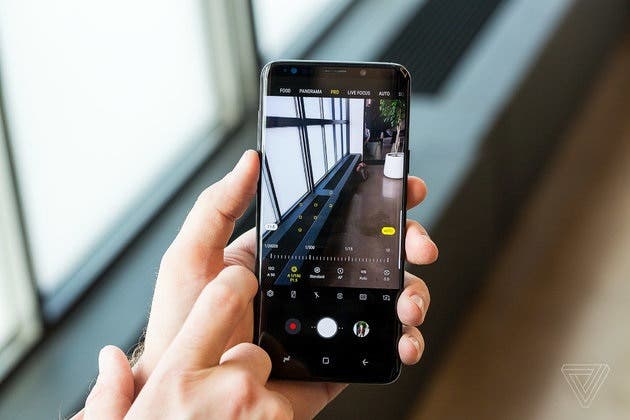
This new ISOCELL Slim 2X7 is the first in the industry. Its 0.9μm size indicates that the individual pixel will capture less light. The 1.4-micrometer sensor also supports HDR, noise reduction, etc. Plus, the ISOCELL Fast 2L9 has a small pixel size. Therefore it can fit into slimmer camera modules. So it won’t affect the phone’s thickness. The rest of features include an integrated 2GB DRAM (LPDDR4) below the conventional pixel array layer and 1/120 second-snapshots.
As you see, the design is similar to the Sony’s image sensor, which also integrates a DRAM. So with this move, Samsung wants to break Sony’s monopolization. The Japanese tech giant has dominated in CMOS image sensors thanks to its long legacy of camera technology. But it won’t last long anymore.

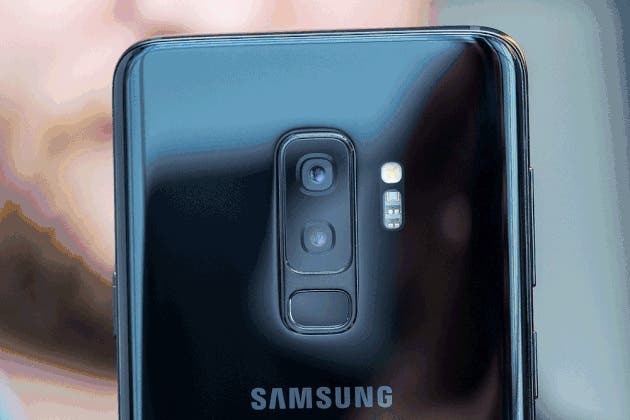


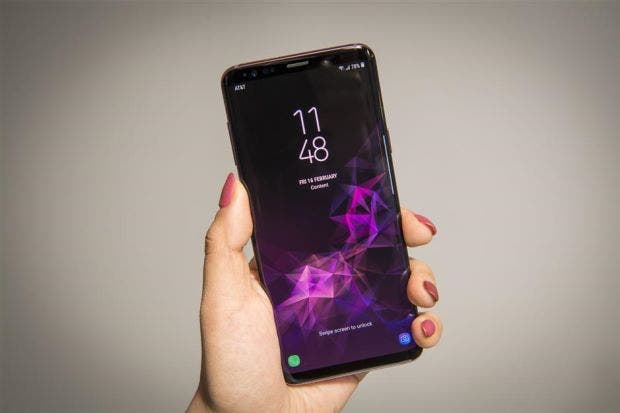
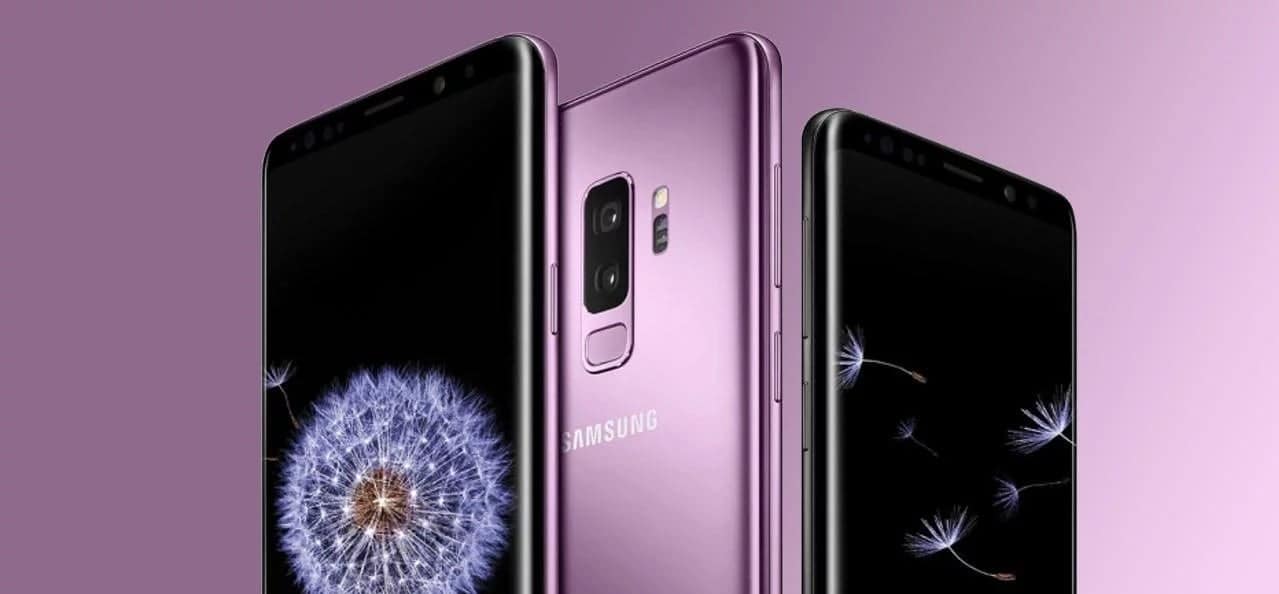
Hope Sony will defeat Samsung soon
otherwise Samsung will be able to make its sensors exclusive for its phones which is no good – many wise people will never buy its “innovations” for 700 bucks